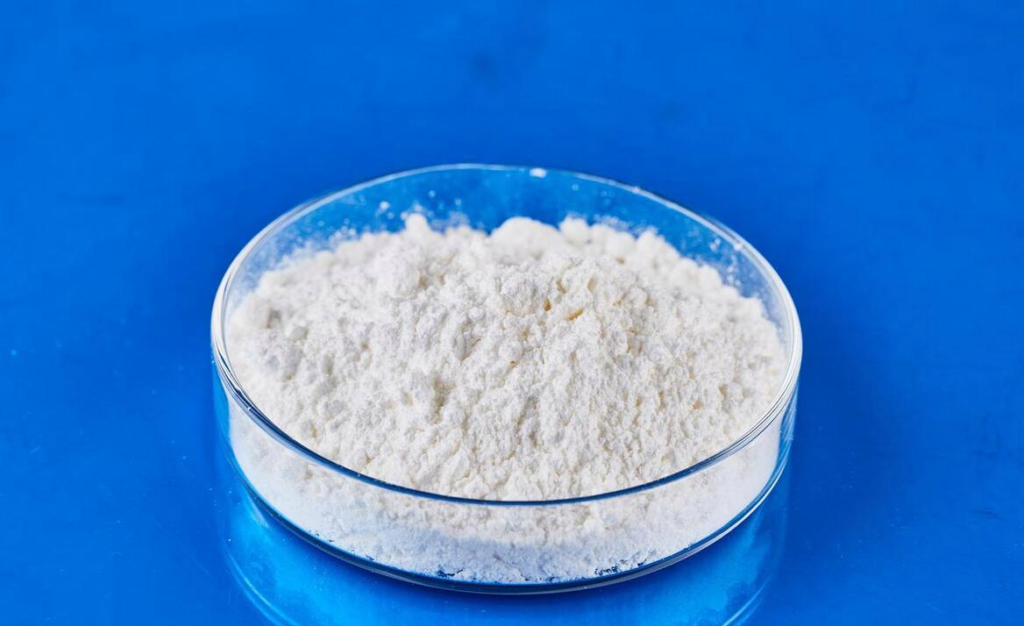Magnesium oxide was used to modify the commonly used carrier γ-Al2O3 for sulfur-resistant shift catalysts, and the pressurized “original particle size” evaluation device and analytical testing methods such as XRD and SEM were used to evaluate CoO-MoO3/γ-Al2O3+MgO sulfur-resistant shift catalysts. The catalyst was studied. The results show that adding an appropriate amount of magnesium oxide carrier additive to the γ-Al2O3 carrier is beneficial to improving the adsorption performance of the catalyst for water vapor and hydrogen sulfide, accelerating the reaction and the adsorption of products on the catalyst surface, and is conducive to improving the performance of the catalyst. CO shift activity must have a significant effect, especially mid-temperature shift activity.

Micron TS-1 with a particle size of 1 to 2 μm was synthesized and modified with magnesium oxide to kill a small amount of acid centers; SEM, XRD, and BET were used to characterize TS-1 before and after magnesium oxide modification. And its catalytic performance in propylene epoxidation in methanol solvent system was investigated. The results show that after the TS-1 catalyst is modified with magnesium oxide, it can significantly improve the propylene oxide (PO) selectivity of the propylene epoxidation reaction and reduce the occurrence of side reactions; under the optimal reaction conditions CH2O2=1.0mol /L, θ=60℃, t=60min, pC3H6=0.6MPa, and at the ratio of 80mL CH3OH required per 1g TS-1, the H2O2 conversion rate reaches 99.5%, the propylene oxide selectivity reaches 96.7%, and the propylene oxide selectivity reaches 96.7%. The yield is also significantly higher than that of unmodified Micron TS-1.
Magnesium oxide for petroleum catalysts independently developed and produced by Hebei Messi Biology Co., Ltd. has a content of ≥95%, calcium ≤0.1%, sulfate ≤1%, iron ≤0.05%, chloride ≤0.03%, and silicon dioxide ≤0.05%. It can be directly used as a catalyst and catalyst carrier, which is beneficial to improving the adsorption performance of the catalyst for water vapor and hydrogen sulfide.
